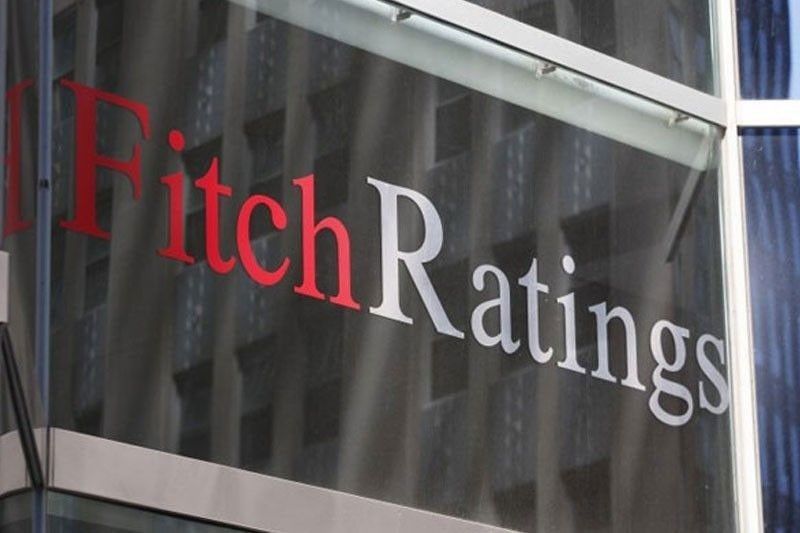Fitch unit sees Philippines accelerating decarbonization of power sector

MANILA, Philippines — The Philippines is expected to accelerate the decarbonization of its power sector in line with energy policy shifts which spurred investor appetite and investments in the renewables sector, according to Fitch Solutions Country Risk & Industry Research.
In its latest report, Fitch Solutions said it made a significant upward revision on its non-hydro renewables forecasts due to rising investor interests and a rapidly expanding project pipeline in the country.
“In particular, the market’s project pipeline for large-scale solar has grown significantly over recent quarters based on our Infrastructure Key Projects Database, which includes projects above $30 million in value. The total solar capacity in the project pipeline has increased more than 10-fold from what we captured in 2021,” it said.
Fitch also cited the green energy auction program (GEAP) launched by the Department of Energy (DOE) in January, which marks a shift away from the existing feed-in-tariff scheme.
The GEAP covers 130 megawatts (MW) of hydro, 1.26 gigawatts (GW) of solar, 380 MW of wind and 230 MW of biomass across the country.
Broken down, the agency has set an installation target of 1,400 MW in Luzon, broken down into 900 MW of solar, 360 MW of wind, 80 MW of hydropower and 60 MW of biomass.
About 400 MW RE capacity will be bid out in Visayas, with solar taking up 260 MW, biomass with 120 MW and wind with 20 MW.
In Mindanao, 200 MW of RE capacity will be auctioned off, of which 100 MW is solar, and 50 MW each for hydropower and biomass.
Fitch Solutions said the growing investor interests in the renewables sector is largely underpinned by the improving regulatory environment for the sector.
It said the DOE has been working on two key renewable energy policies, the Renewable Portfolio Standard (RPS) and the Green Energy Option Program (GEOP), to encourage the development of the market.
RPS is a mechanism under the RE Act of 2008 where DUs, electric cooperatives (ECs) and retail electricity suppliers (RES) are prescribed to source a percentage of electricity requirements from RE sources. The RPS level is currently set at one percent until this year.
Fitch Solutions said the DOE is also launching a Green Energy Pricing Program that will set a ceiling price for renewable energy, helping generators secure favorable power supply agreements.
The agency has set new renewable energy targets in its latest version of the National Renewable Energy Program (NREP), with renewables expected to account for 35 percent of the Philippines power mix by 2030 and 50 percent by 2040.
“Public consultations for the plan concluded in August 2021, and regulators are hoping to finalize and release it over the coming months,” Fitch Solutions said.
The DOE’s latest draft revision of the Philippines Energy Plan (2040) also suggested a stronger focus for solar projects, looking to increase capacity by nearly 10.2 gigawatts, as well as targeting 2.8 GW of wind, 343 MW of biomass, 200 MW of geothermal, and 500 MW of battery energy storage systems (BESS).
“We now forecast non-hydro renewables capacity to total 10.2 GW by 2031, from an estimated four GW as of the end of 2021, driven largely by wind and solar projects. This is subject to further upside risks, although we will await the establishment of concrete policy and incentives to achieve growth first,” Fitch Solutions said.
In line with its decarbonization outlook on the Philippines, Fitch Solutions also lowered its coal generation forecasts amid strong opposition against the fuel source and ongoing efforts to reduce the country’s dependence on coal for power generation.
The country has joined the Energy Transition Mechanism (ETM) facility from Asian Development Bank (ADB), an investment scheme to acquire existing coal-fired power plants across Asia and retire them before the end of their operational life cycle.
“The Philippines will pilot this ‘til the end of 2022. Based on ADB’s recommendation, 10 coal-fired plants were shortlisted for the ETM, of which three coal-fired plants in Mindanao with a combined capacity of 967 MW may be retired as part of the plan. This includes the 135-MW Palm Concepcion Power Corp. plant Iloilo, 600-MW Batangas plant by SEM Calaca Power Corp. and the 232-MW PSALM Corp. plant in Misamis Oriental,” Fitch Solutions said.
Notwithstanding, Fitch Solutiojs still expects the country’s coal generation to grow strongly and remain a dominant power source over the coming years in absolute terms, as projects in the current pipeline continue to progress despite the moratorium on greenfield coal plants issued in October 2020.
Based on its Infrastructure Key Projects Database, the country has more than 16 GW of coal-fired capacity in pre-completion stages, accounting for 59 percent of the total capacity in the pipeline.
“As such, we expect coal generation to remain a dominant fuel source at 61 percent of the power mix by 2031, and this will only taper off toward the next decade,” Fitch Solutions said.
- Latest
- Trending





























